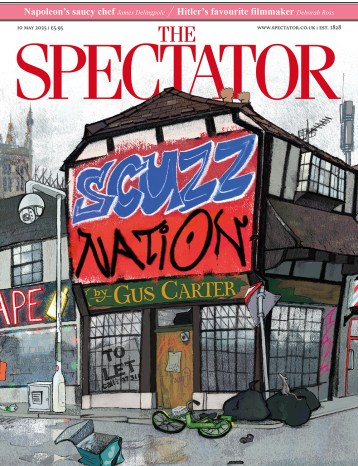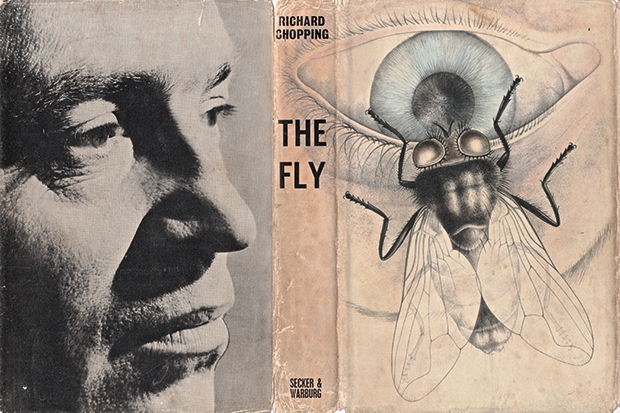Somewhere I have a couple of neat letters from the artist Richard Chopping, politely declining my requests to interview him about Ian Fleming. ‘Dicky’ is best known for the trompe l’oeil dust jackets he painted for nine of Fleming’s James Bond novels. Because of this patronage, an accomplished second-division artist gained wider prominence, becoming at one stage, according to the New Yorker, the world’s highest paid book designer.

Disagree with half of it, enjoy reading all of it
TRY A MONTH FREE
Our magazine articles are for subscribers only. Try a month of Britain’s best writing, absolutely free.
Already a subscriber? Log in






Comments
Join the debate, free for a month
Be part of the conversation with other Spectator readers by getting your first month free.
UNLOCK ACCESS Try a month freeAlready a subscriber? Log in